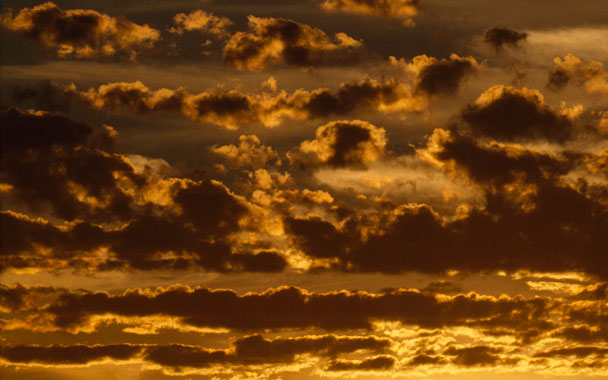Apples aren’t really a winter fruit—in most of North America, they’re harvested between August and October, depending on variety—but because they store so very well we tend to eat a lot of them this time of year. Dinner parties these days often end with an apple tarte or galette, which nothing brings from the delicious to the sublime better than salty caramel ice cream.
Caramel is sugar that’s been burned in a very controlled way, so that some of the sucrose has broken down into assorted smaller molecules, getting dark and a little bitter along the way. Making caramel is a great skill to have in your repertoire, since it opens the door to dishes like tarte Tatin, flan, and caramel candies. I favor the dry method: Put the sugar in a heavy-bottomed sauce pan and heat over medium-low, stirring once or twice until the sugar starts to melt, then just rocking the pan back and forth from time to time. The sugar will melt then start to darken. You can check the color against a white plate by taking out a drop with a scrupulously clean spoon—I like it best when it’s dark red.
Some recipes call for adding water or corn syrup to the sugar before heating it. This is meant to keep the caramel from re-crystallizing, which it will do if even a few crystals fall into the melted sugar. Roughly the same thing happens in clouds. Water drops don’t freeze on their own until well below zero, so lots of clouds are made of “super-cooled” water. But if the drops encounter something shaped like ice (a falling piece of snow, or a tiny speck of dust or ash that can act as an ice nucleus), they freeze instantly (we say the cloud “glaciates”), giving off energy and making the cloud tower above its neighbors. I learned to make caramel the same semester I was teaching a class in atmospheric physics, so I thought I’d demonstrate heterogeneous ice nucleation using caramel. But during the test run, alas, the caramel got too hot and set off the smoke alarm in my apartment, which made me think of what would happen if I set off the fire alarms at the University, and quickly brought me to my senses.
But we were making ice cream, weren’t we? Pick your favorite ice cream recipe—mine uses 2 cups of cream, 2 cups of whole milk, 6 egg yolks, and 3/4 cup of sugar. Whisk the egg yolks in a big metal or glass bowl with 1/3 of the sugar, then caramelize the other 2/3 in a large, heavy-bottomed pot. When the caramel is ready, carefully pour in the cream and then the milk, which will make the caramel seize up and spatter (be careful—it’s really hot). Warm the mixture, stirring now and again, until it’s steaming and the caramel has melted again. Remove it from the heat and ladle a cup or so into the egg yolks while whisking continuously (so you don’t curdle the eggs). Add the now-hot yolks to the pan, along with 1/4 to 1/2 teaspoon of salt and cook gently, stirring frequently, until it’s done—about 170-175° F, when it will be silky and thick, but before there are any strings of scrambled eggs. Strain, chill (I like to put the bowl in an ice water bath before I put it in the fridge), and freeze in an ice cream freezer.
Serve with apple pastry, and bourbon for the grownups, while watching the skies.




 Pinterest
Pinterest


